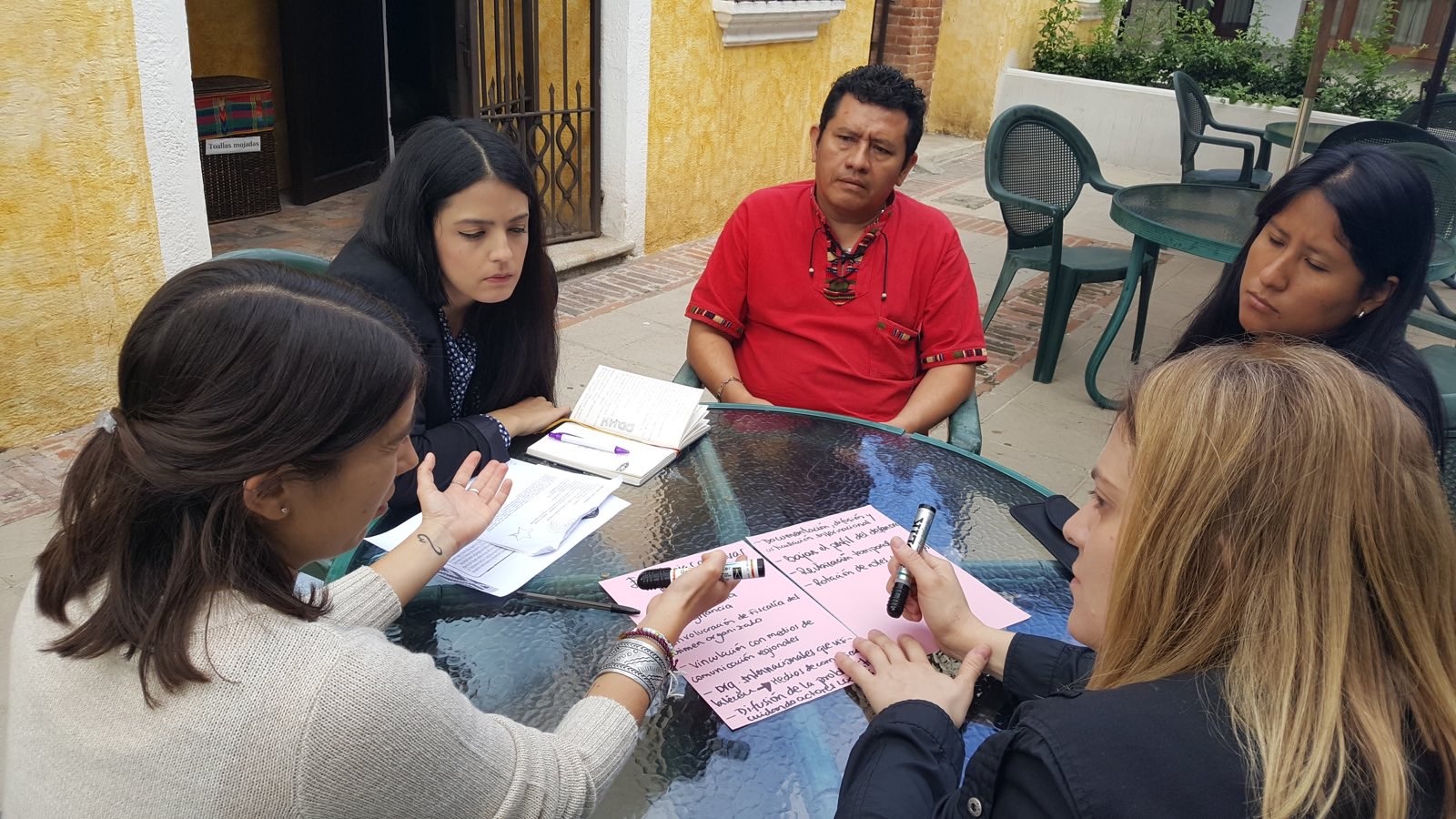|
OBJECTIVE |
To promote alertness to contextual threats and opportunities To consider which situations and actions lead to increased risk |
|
TIMING |
75 minutes (less time if dealt with as a whole group) |
|
TIME BREAKDOWN |
Introduction & split into groups - 10 minutes Group work - 40 minutes Feedback & discussion - 20 minutes Conclusion - 5 minutes |
|
MATERIALS NEEDED |
Flip chart paper & marker pens |
|
OPTIONAL MATERIALS |
Slide featuring the group work questions (if electricity is guaranteed) |
When planning and facilitating this session, it is important to consistently apply an intersectional lens to each participant's identity and experiences, and their protection needs. Overlapping systems of discrimination and privilege, such as gender, sexual orientation, religion, disability, racial and/or ethnic origin, economic status/class, marital status, citizenship, age and physical appearance, can have a profound impact on human rights defenders' and their communities' perception of and experience with risks and protection.
Introduction:
- the context is the first building block of your security plan
- the context is forever changing – give some local examples
- changes in the context can be political, economic, social (including gender), legal or technological
As a facilitator, split participants into groups considering:
- do you want to put HRDs working on similar rights together, eg on migration/refugees or LGBTIQ+
- do you want to put all the WHRDs together to give them a space to discuss gender issues?
- do you want to split the participants up based on geography?
Note: this session works best if the participants in the working groups have issues or experience in common

Questions and discussion:
a) what developments in the external environment lead to increased risks for you as HRDs? (These might be political/economic/social/technological/environmental/legal developments. Ensure that developments relating to equity for women, LGBTIQ+ and other disadvantaged groups are covered.)
b) what kind of actions do HRDs do that lead to increased risks for you as HRDs? (list as whole group)
c) what kind of actions can you take which lead to reduced risks?
Example:
|
DEVELOPMENTS IN THE CONTEXT |
|---|
|
NEGATIVE
POSITIVE
|
|
ACTIONS HRDs MAY TAKE WHICH |
ACTIONS HRDS CAN TAKE |
|---|---|
|
|
The facilitator should explain the following sessions will develop these contributions, such as the module on Different plans for different threats and risks
Conclusion:
It is important to keep abreast of developments in your community, region, country in order to be prepared if risks are likely to rise, and use opportunities to take your work forward when opportunities arise
Related sessions:
This session comes near the beginning of the workshop, and can be followed by Risk Analysis
